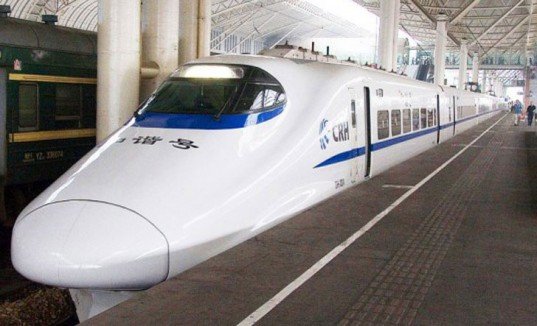China’s rise as a global superpower has resulted in no shortage of ambition. The country has a rapidly evolving space program, wants to construct its own version of the Panama Canal and is now seriously exploring a railway route from Beijing to the United States.
The route would see passengers travel under the Bering Strait to Alaska, Canada and eventually America.
The 8,000 mile journey would require two undersea tunnels. One would run from Russia to the Big Diomede Island, and one from Little Diomede Island to Alaska. The three miles that separate the two islands would either be crossed by a bridge or tunnel.
The Diomede Islands are the only land masses between Russia and Alaska.
While the idea of connecting Russia to Alaska has been around for over 100 years, advances in technology and China’s huge appetite for mega-scale infrastructure projects mean such an idea is no longer the realm of science fiction.
Leading the effort complete the ambitious project is Wang Meng-shu, one of China’s top railway construction engineers and a scholar with the Chinese Academy of Engineering specializing in tunnel and underground projects.
According to Chinese website Sina, Meng-shu has developed the plans for a route from northeast China through the Bering Strait. The plan, which he has been working on for nearly a decade, would have over 140 miles of tunnels, though constructed in at least two segments.
While the proposed project is breathtakingly ambitious it is also technically feasible, according to analysts who follow the Chinese infrastructure sector.
The 8,000 mile journey would take two days of travel at about yet as the international date line splits the islands it would only ‘take’ one day.
While it is easy to dismiss the idea its important to remember that China has a number of ambitions train projects in the works, including a massive rail network to connect it with Russia and eventually the middle east.
It is also experimenting with a Hyperloop-style enclosed system which could see speeds of 1,800 miles per hour.
Stay Connected